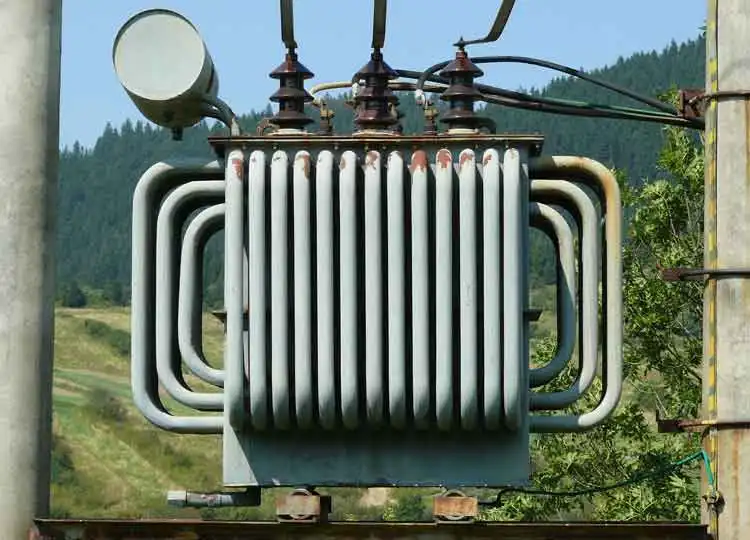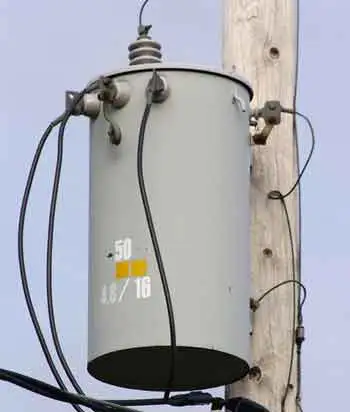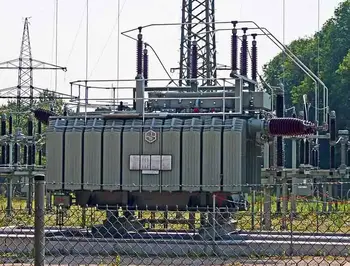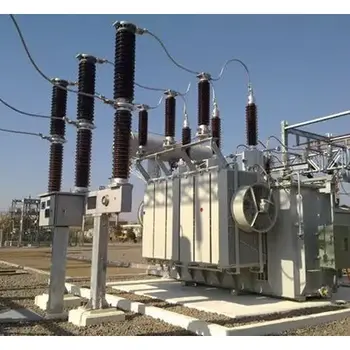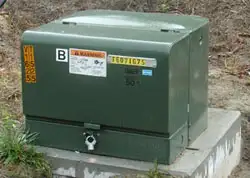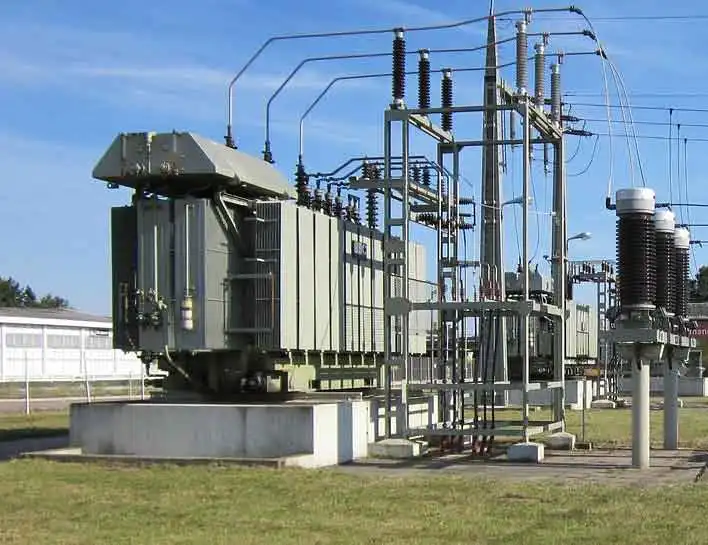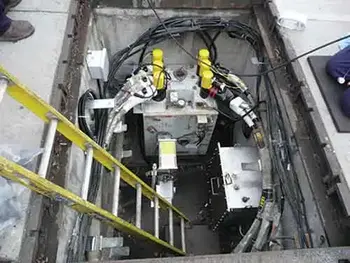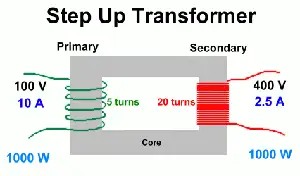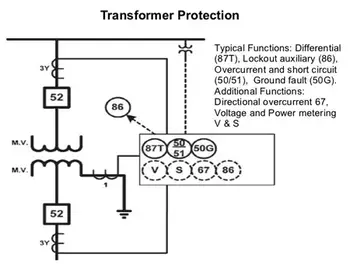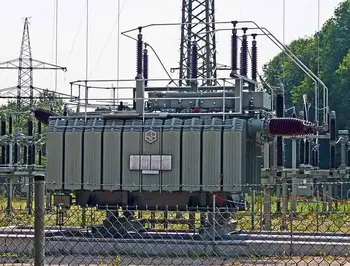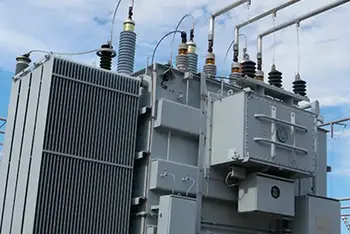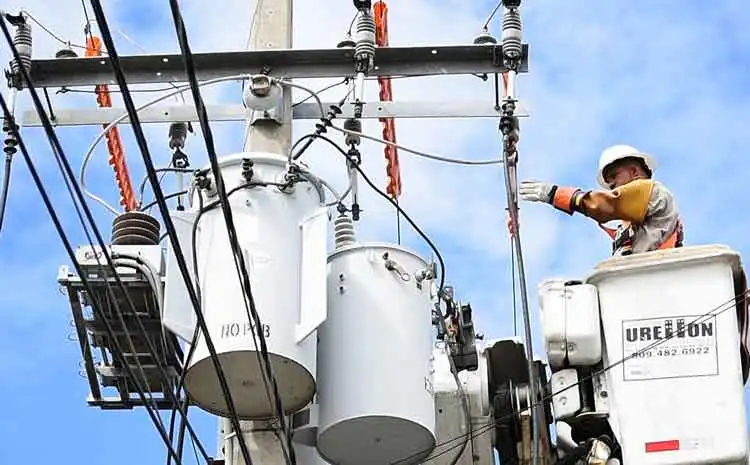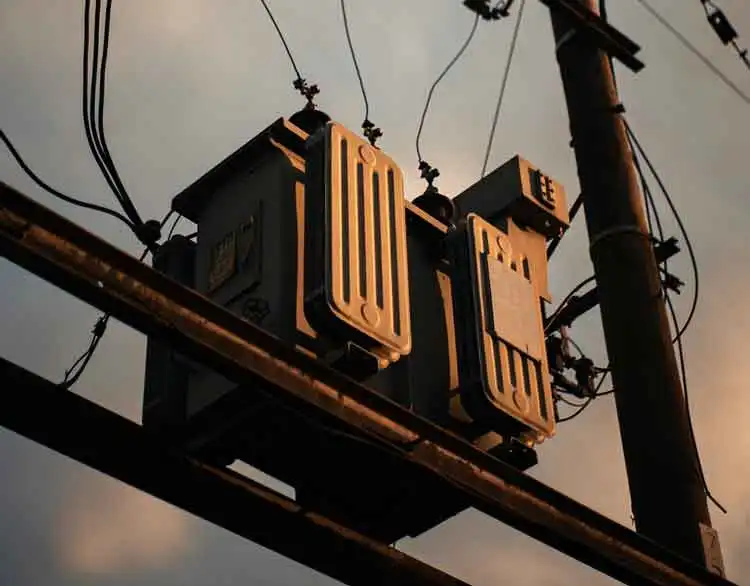Construction of Transformer
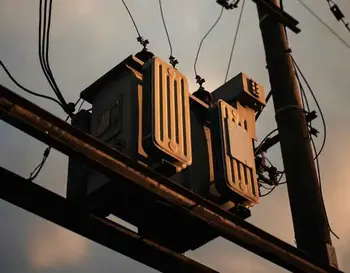
What is the Construction of Transformer?
The construction of a transformer involves assembling its core, windings, insulation, and enclosure. Each component plays a vital role in the transformer's functionality and efficiency. The design ensures the transformer can handle high-voltage inputs and outputs, making it suitable for various applications in power supplies and voltage regulation.
The construction of a transformer involves several key components and design considerations to manage high voltage and power supplies effectively.
Transformers, essential components in electrical power systems, facilitate the efficient transfer of electrical energy between circuits by adjusting voltage levels. Their ingenious construction allows for safe and reliable power transmission and distribution. Let's delve into the intricacies of their construction and explore the components that make these devices so indispensable.
What is the Construction of Transformer?
The construction of a transformer involves assembling key components such as the core, windings, insulation, and enclosure. These components work together to step up or step down voltage levels, allowing for the efficient transfer of electrical energy across different voltage levels.
Key Components: Windings and Core
At the heart of a transformer lie two fundamental components: the windings and the core.
- Core: The core, typically made of high-permeability silicon steel, provides a path for the magnetic flux. The iron core is laminated to reduce eddy current loss and hysteresis loss, improving efficiency.
- Windings: The primary and secondary windings are coils of conductive wire, usually copper or aluminum, wound around the core. The primary winding receives the input voltage, creating a magnetic field that induces a voltage in the secondary winding, which then provides the output voltage.
- Insulation: Insulating materials prevent electrical contact between windings and the core, ensuring safe operation and reducing the risk of short circuits.
- Enclosure: The enclosure protects the internal components from environmental factors and mechanical damage, enhancing the transformer's durability and safety.
Transformer Winding Construction
Transformer windings are constructed by winding insulated copper or aluminum wire around the core. The number of turns in the primary and secondary windings determines the transformer's voltage ratio. For instance, a step down transformer has more turns in the primary winding than in the secondary winding, reducing the voltage. The windings are layered and insulated to manage heat and prevent electrical faults.
Purpose of Laminating the Core
Laminating the core of a transformer serves to reduce eddy current loss. Eddy currents are loops of electrical current induced within the core due to the alternating magnetic flux. These currents generate heat and reduce efficiency. By laminating the core with thin layers of silicon steel, these currents are minimized, enhancing the transformer's performance. Additionally, lamination reduces hysteresis loss, which is the energy loss due to the lagging behavior of magnetic domains within the core material.
Insulation and Core Types
Various types of insulation are employed in transformers to ensure electrical safety and prevent short circuits. Depending on the type of transformer and its operating voltage, insulation materials like paper, epoxy resin, or Nomex may be used. In power transformers, liquid insulation, such as mineral oil, is also common.
- Paper Insulation: Often used between winding layers, providing excellent dielectric strength and thermal stability.
- Oil Insulation: In oil-filled transformers, transformer oil is used to insulate and cool the windings and core, enhancing performance and longevity.
- Solid Insulation: Materials such as epoxy resin are used for high mechanical strength and environmental resistance, suitable for high-voltage applications.
Transformer cores can be constructed in two main configurations:
- Laminated Core: This is the most common construction, where the core is made of laminated silicon steel to minimize eddy current and hysteresis losses.
- Toroidal Core: A donut-shaped core that provides efficient magnetic coupling and reduces leakage flux. This type of core is used in applications requiring compact size and low noise.
- Shell-Type Core: In this construction, the windings are surrounded by the core, offering improved mechanical strength and protection. It is commonly used in power transformers for high-reliability applications.
The choice of core type depends on factors such as the transformer's size, voltage level, and intended application.
Understanding the construction of transformers is essential for appreciating their role in modern power systems. The careful design and construction of these devices, with meticulous attention to winding configuration, core lamination, and insulation, ensures efficient and reliable operation. By minimizing energy losses like eddy currents and hysteresis loss, transformers approach the efficiency of an ideal transformer, making them indispensable components in our electrical infrastructure.
The construction of a transformer involves intricate design and high-quality materials to ensure efficient energy transfer and reliable operation. By understanding the main components, winding construction, core lamination, and insulation types, one can appreciate the complexities and innovations behind transformers. These devices are essential for managing voltage levels in power systems, facilitating the safe and efficient distribution of electrical energy.

